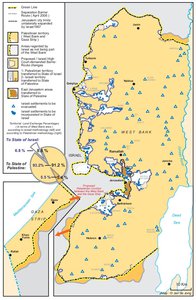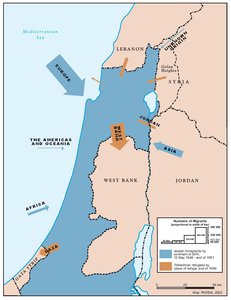POPULATION MOVEMENTS, 1948-1951
Map Details
By 1949, 90% of all Palestinians who had resided within the area, which became Israel had been uprooted from their homes. Some 750,000 Palestinians were dispossessed and rendered refugees - most were forced to flee to areas under Jordanian or Egyptian control, to Syria or Lebanon. In the ensuing 2½ years, 684,000 Jews entered Israel, more than doubling the pre-war Jewish population. For the first six months of the war (Dec. 1947-May 1948), the British remained ultimately responsible for law and order in Palestine. During the same period, the JA’s Haganah, with whom Britain had a “gentleman’s agreement,” was transformed from a powerful militia, comprising a single brigade, into a formidable army with 10 brigades, artillery units, armored vehicles and a small air force. Within this period more than half of the war’s total refugees were created, yet, while the British authorities described the Haganah’s attacks on civilians as “an offence to civilization,” they did nothing to intervene. Historical debate was long focused on the ‘official’ as opposed to ‘opportunist’ position of the Zionist leadership with regard to expulsion of the Palestinian population during the war. However, with the declassification of vital documents in the 1980s, the intention - both pre-1947 and during the war itself - to expel large numbers of Palestinians has become largely irrefutable. Initially it was the wealthier professionals of the urban centers who fled, leaving behind their homes and possessions in the hope of later returning. The December 1947 attack on Jaffa, followed by the razing of entire suburbs, was described by the Zionists as “a lesson to the rural communities.” By March 1948, attacks on villages in the coastal plain led to a mass-exodus from the countryside. With news of the first massacres and mass expulsions - beginning with that at Deir Yassin on 9 April - the flight accelerated, as villagers sought refuge in the mountainous hinterland or neighboring Arab states. Following British withdrawal, the Zionists, already in control of much of the territory of the post-war state, increased their efforts to remove the remaining Palestinian population. On 9 July 1948, Israeli forces broke the first truce of the war. Over the next four days they expelled some 33,000 Palestinians from Lydda and Ramleh, after massacring hundreds in one of the most infamous and brutal ‘operations’ of the war. There, ‘Operation Dani’, led by Moshe Dayan and Yitzhak Rabin, exemplified a pattern of intimidation and expulsion, which was repeated throughout the area falling under Israeli control until well after the armistice talks had begun. Israel’s largescale military expulsions ended only in the summer of 1950, with the removal to Gaza of 2,500 Palestinians who had remained in or fled to Al-Majdal. Approximately 150,000 Palestinians remained within the area of the Jewish state following the war, concentrated in the Nazareth area and the ‘Little Triangle’ – comprised of the villages and lands surrounding the three Palestinian towns of Umm Al-Fahm, Al-Khadeira and Kufr Qara’ - bordering the northern West Bank. Many were ‘internally displaced’ refugees, denied return to their homes. From 1948 until 1966 they were to be ruled under Israeli ‘Emergency Regulations,’ drastically limiting their civil rights. On 11 December 1948, the UNGA passed Resolution 194, affirming the Palestinian refugees’ right to return and to compensation. A year later, with Israel rejecting any responsibility for the de-population of Palestine, the UN Relief and Works Agency for Palestinian Refugees in the Near East (UNRWA) was founded, to provide destitute refugees with humanitarian aid and shelter. By 1950, 914,221 refugees were registered with UNRWA and over the coming years 58 camps were established throughout the region. Meanwhile, Israel wasted no time in settling a huge wave of immigrants on Palestinian land and in Palestinian homes. Less than 15% of these immigrants were refugees of the ‘Displaced Persons’ camps in Europe. The remainder was encouraged to come as part of the new Jewish state’s drive to “gather in the exiles” and “redeem the land.” Between 1948 and 1953, 350 of 370 new Jewish settlements were established on the property of refugees. In the cities, a third of all the period’s immigrants were settled in property belonging to Palestinians. By 1954 a full third of Israel's population was living on or in refugee property.
Related Maps
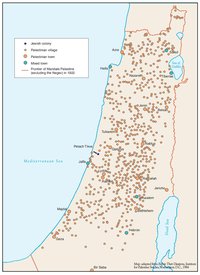
OTTOMAN PALESTINE, 1878
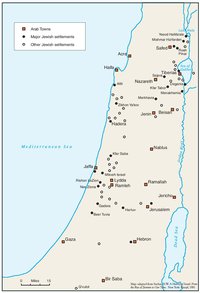
ARAB TOWNS AND JEWISH SETTLEMENTS IN PALESTINE, 1881-1914
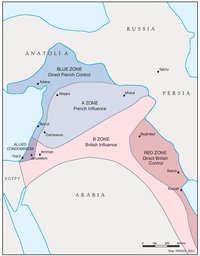
THE SYKES-PICOT AGREEMENT, 1916
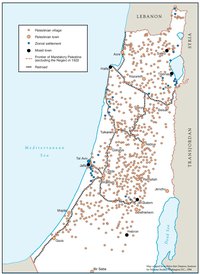
THE BEGINNING OF THE BRITISH MANDATE, 1920
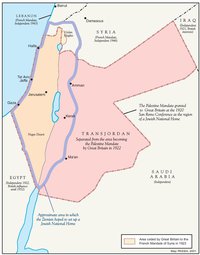
PALESTINE UNDER THE BRITISH MANDATE
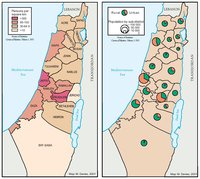
THE DEMOGRAPHY OF PALESTINE, 1931
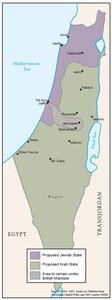
THE PEEL COMMISSION PARTITION PROPOSAL, 1937
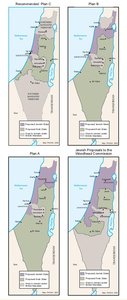
THE WOODHEAD COMMISSION PARTITION PROPOSALS, 1938
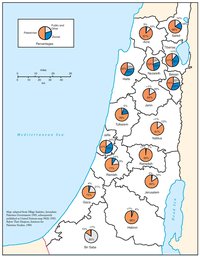
PALESTINIAN AND ZIONIST LANDOWNERSHIP BY SUB-DISTRICT, 1945
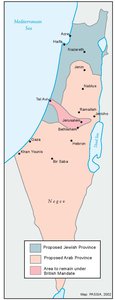
THE MORRISON-GRADY PARTITIONED TRUSTEESHIP PLAN, 1946
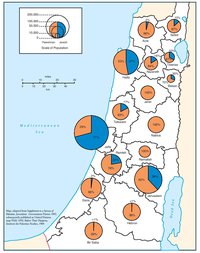
POPULATION OF PALESTINE BY SUB-DISTRICT, 1946
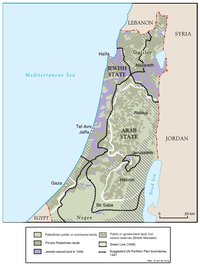
LAND OWNERSHIP IN PALESTINE, 1948
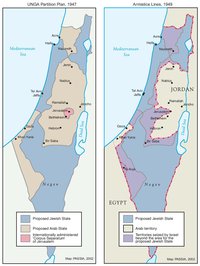
THE UNGA PARTITION PLAN, 1947 – THE 1948 WAR & THE 1949 ARMISTICE LINES
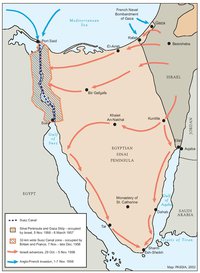
THE SUEZ WAR, 1956
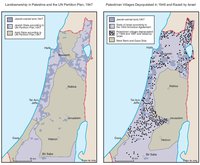
LAND OWNERSHIP IN PALESTINE AND THE UN PARTITION PLAN - PALESTINIAN DEPOPULATED AND DESTROYED VILLAGES, 1948-1949
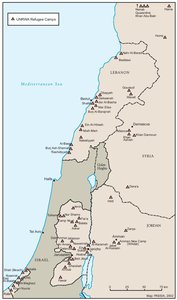
THE PALESTINIAN DIASPORA, 1958
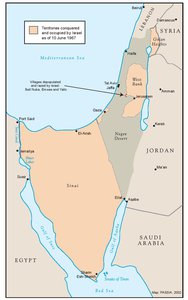
THE NEAR EAST AFTER THE JUNE 1967 WAR
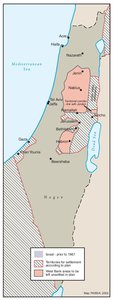
THE ALLON PLAN, JUNE 1967
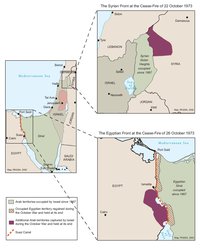
THE OCTOBER WAR, 1973
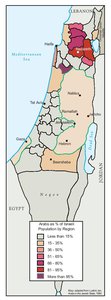
THE PALESTINIANS INSIDE ISRAEL, 1977
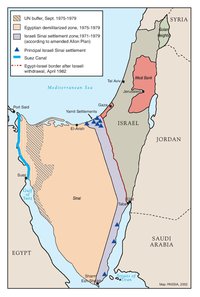
THE CAMP DAVID ACCORDS, 1978-1979
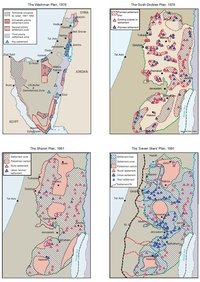
ISRAELI SETTLEMENT MASTER PLANS, 1976-1991
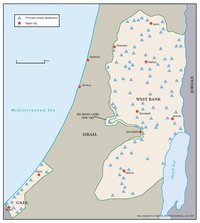
THE 1991 MADRID PEACE CONFERENCE & ISRAELI SETTLEMENTS
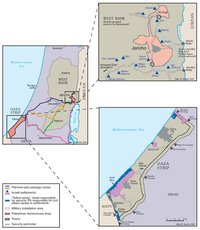
GAZA-JERICHO (OSLO I) AGREEMENT, CAIRO, 4 MAY 1994
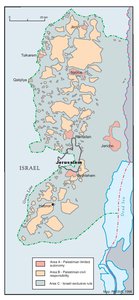
INTERIM (OSLO II) AGREEMENT, TABA, 28 SEPTEMBER 1995
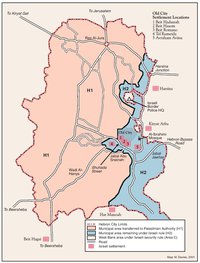
HEBRON PROTOCOL, 15 JANUARY 1997
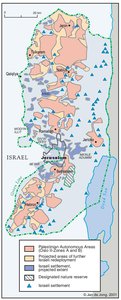
WYE RIVER MEMORANDUM, 23 OCTOBER 1998
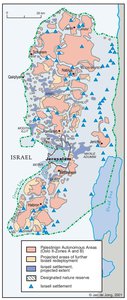
SHARM ESH-SHEIKH AGREEMENT, 4 SEPTEMBER 1999
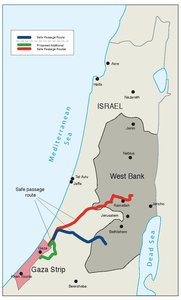
PROTOCOL CONCERNING SAFE PASSAGE BETWEEN THE WEST BANK AND THE GAZA STRIP, 5 OCTOBER 1999
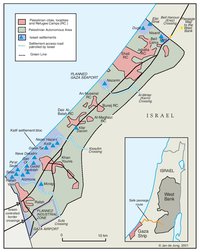
GAZA, 2000
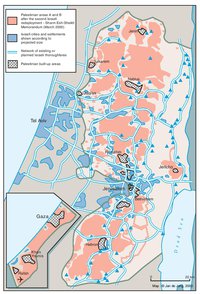
WEST BANK AND GAZA STRIP, MARCH 2000
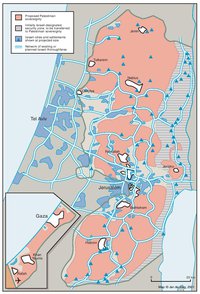
CAMP DAVID PROJECTION, JULY 2000
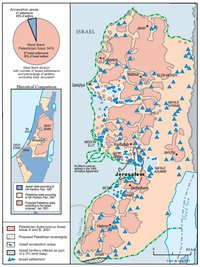
TABA TALKS PROJECTION, JANUARY 2001
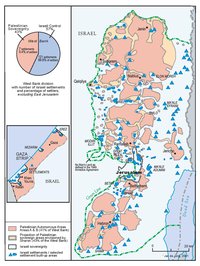
THE SHARON PROPOSAL, SPRING 2001
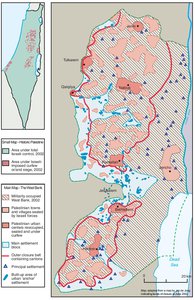
THE REINVASION OF THE PALESTINIAN TERRITORIES, 2001-2002
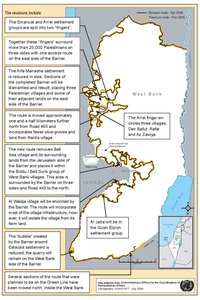
THE ROAD MAP, 2003
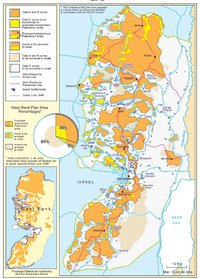
THE GENEVA INITIATIVE AND ACCORD, 2003
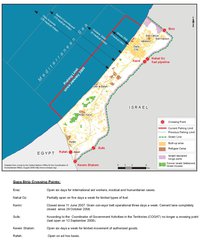
THE ISRAELI DISENGAGEMENT PLAN, 2003-2005
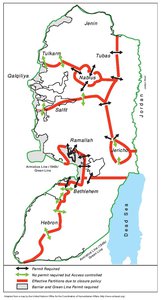
AGREED DOCUMENTS ON MOVEMENT AND ACCESS FROM AND TO GAZA, 2005
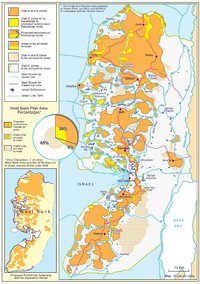
THE SETTLERS' PLAN FOR PALESTINIAN AUTONOMY, 2006
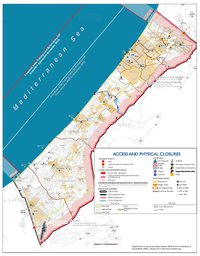
THE GAZA STRIP TODAY (2014)
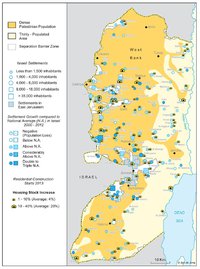
THE WEST BANK TODAY (2014)
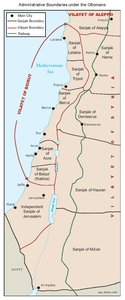
ADMINISTRATIVE BOUNDARIES
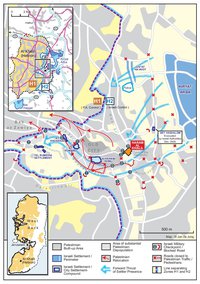
HEBRON
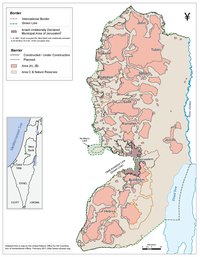
Area C
